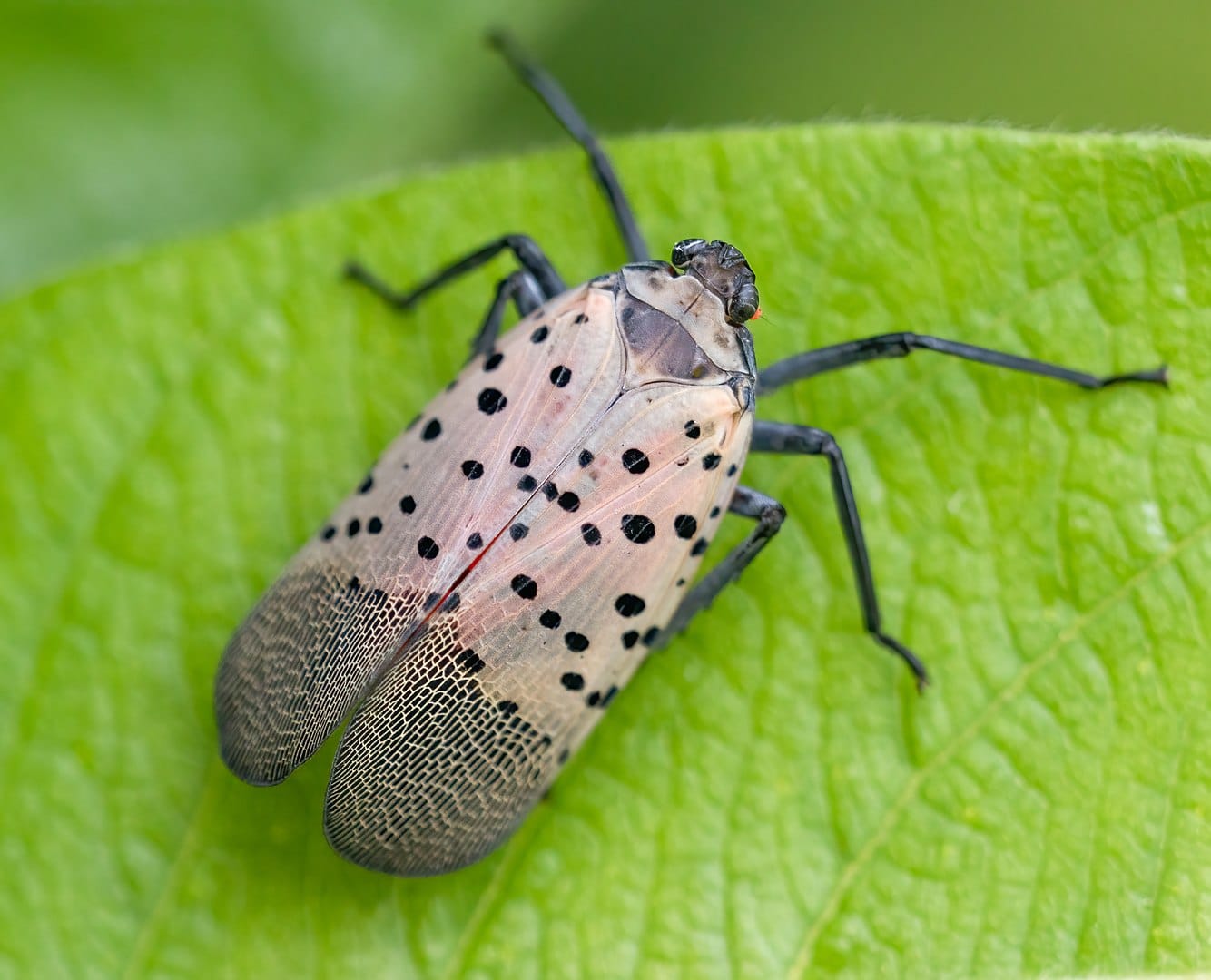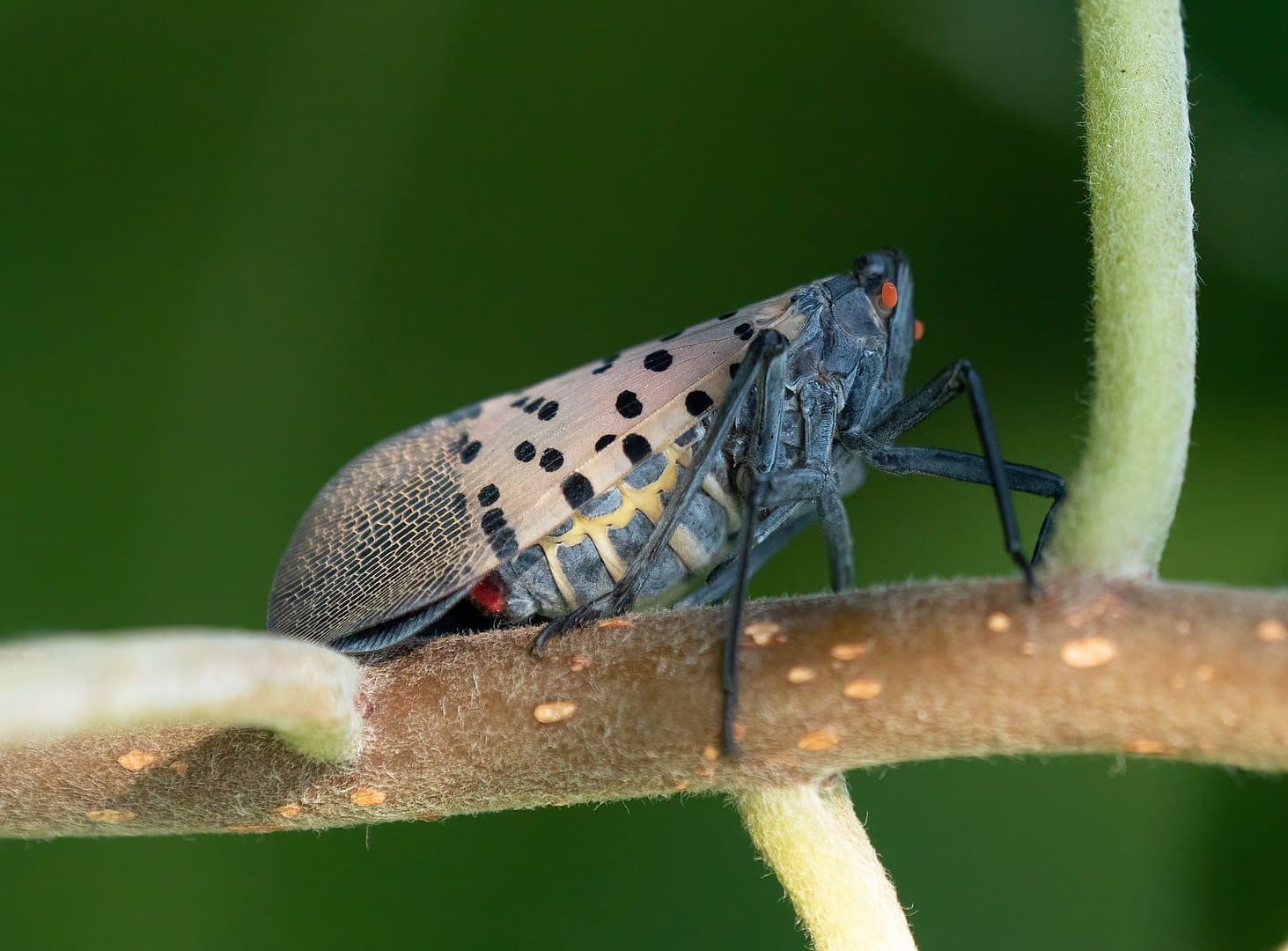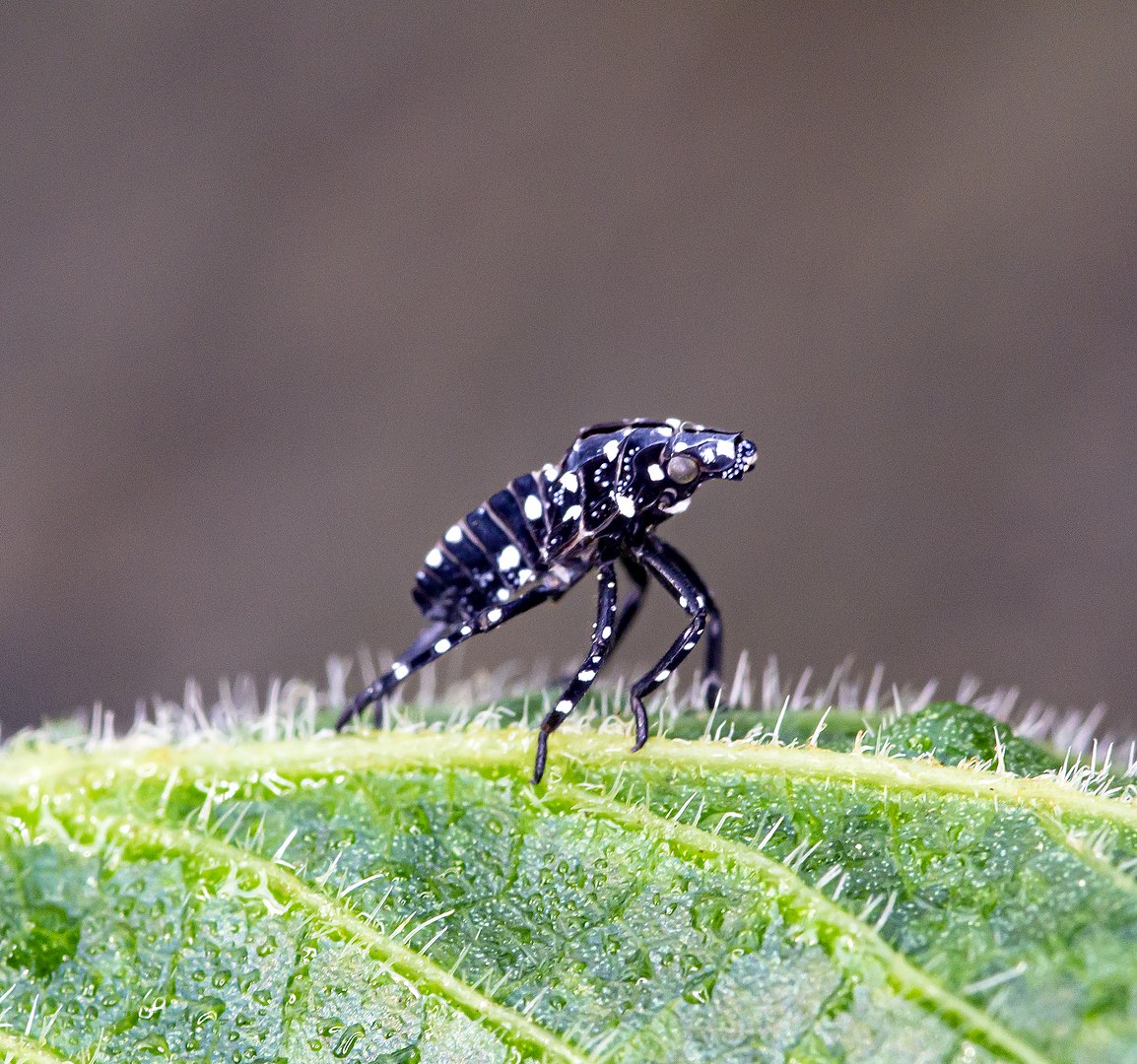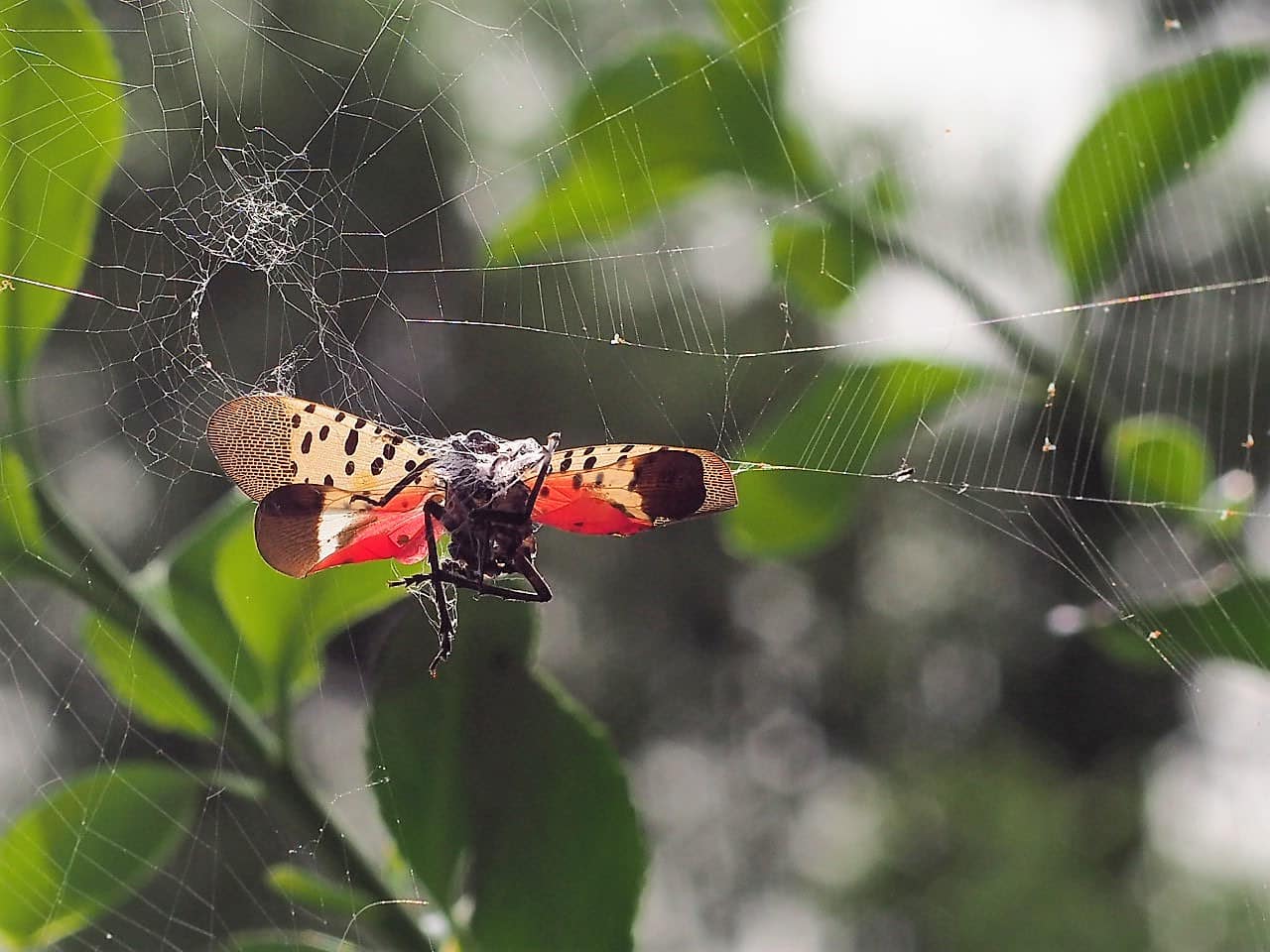The spotted lanternfly, an invasive insect originally from Asia, has become a major threat to ecosystems in the United States. First detected in Pennsylvania in 2014, this pest is spreading across multiple states, causing significant concern for farmers and ecologists alike.

The lanternfly primarily targets plants like grapevines, fruit trees, and hardwoods, leading to devastating consequences for agriculture and the environment. It feeds by piercing plant stems and leaves, draining them of sap, which weakens the plants and makes them more vulnerable to disease and other pests.

The insects are easy to identify due to their unique appearance. Adult lanternflies are about an inch long, with spotted wings and a vibrant red underwing that becomes visible when they fly. Nymphs are smaller and can be spotted as early as the spring season, gradually maturing into full-grown adults by late summer.

The spread of the spotted lanternfly is rapid and hard to control. They lay egg masses on various surfaces, including trees, stones, and outdoor furniture, making it easy for them to be transported to new areas by humans unknowingly. These egg masses are particularly resilient and can survive harsh winter conditions.

Experts recommend several methods to help control the lanternfly population. Destroying egg masses when found, setting traps, and reporting sightings to local agricultural departments are some of the most effective ways to prevent their spread. Public awareness is critical, as early detection can significantly limit the damage caused by these pests.

Though efforts to curb the spotted lanternfly’s invasion are underway, it will likely take years to mitigate its impact fully. In the meantime, residents in affected areas are urged to stay vigilant, learn to recognize the insects, and take proactive steps to protect their properties and the local ecosystem.
